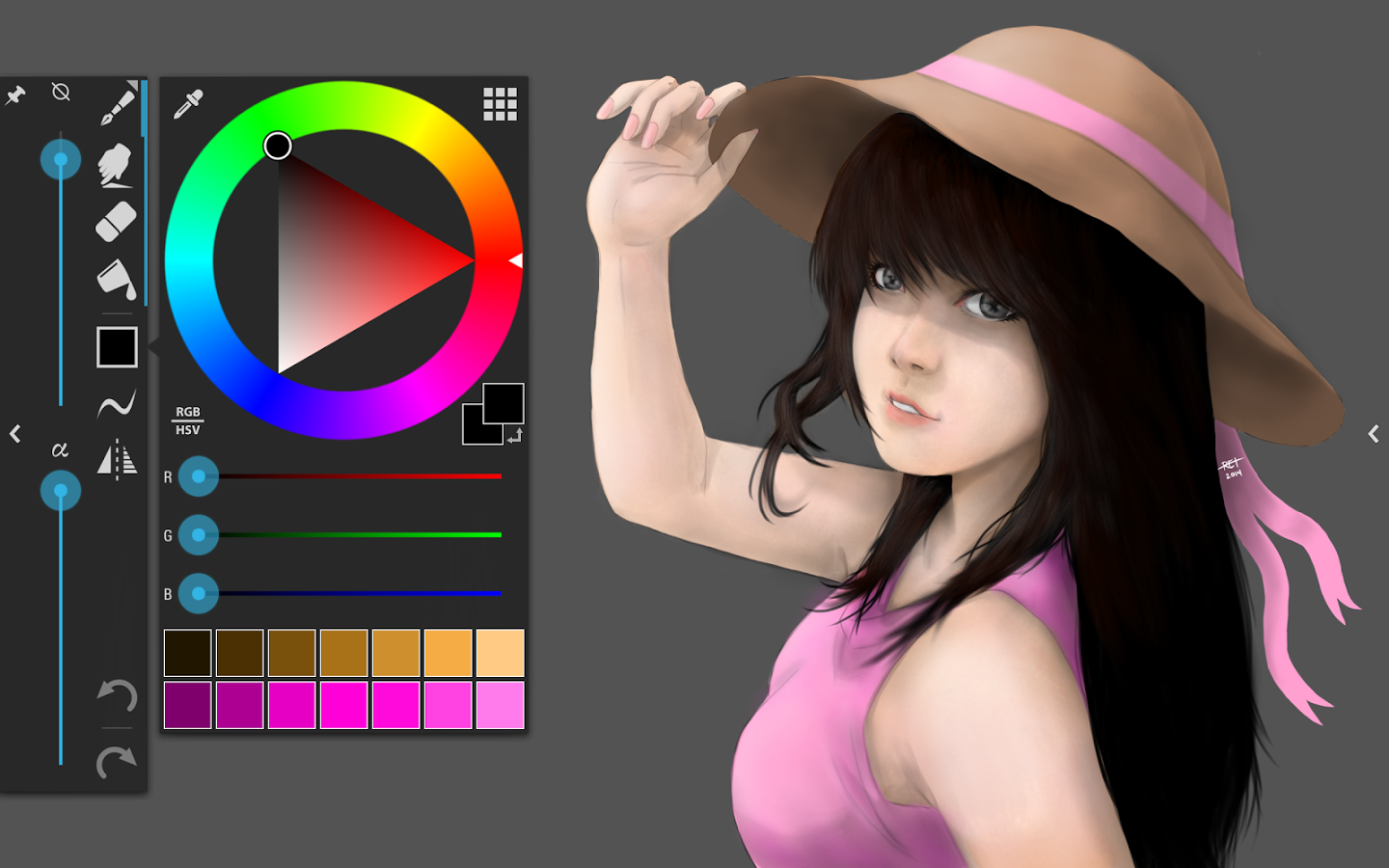


Containing the artist's drawings, sketches and fables, it is undoubtedly the largest collection of Leonardo's writings on practically every area of human knowledge: mechanics, mathematics, astronomy, botany, geography, physics, chemistry, architecture and philosophy. One of the main attractions here is the Codex Atlanticus, a collection of twelve volumes of drawings and manuscripts created by Leonardo da Vinci between 14.

Named after the patron saint of Milan, Ambrose, it is a testament to the intersection of religion, intellectualism, and aesthetics that defined the Renaissance period. With over 36,000 manuscripts and more than 750,000 prints, the library is a true treasure trove of intellectual inquiry and spiritual reflection. Its origins date back to 1603 when local Cardinal Federico Borromeo, who had just returned from Rome's artistic circles, founded this sanctuary of knowledge and beauty. In the bustling city of Milan, amidst its grandeur and energy, lies a place of quiet contemplation, the Ambrosiana Library and Art Gallery.


 0 kommentar(er)
0 kommentar(er)
